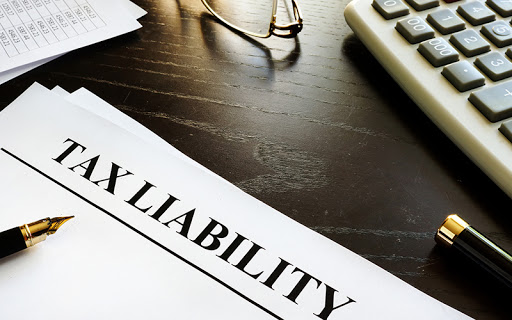Taxes can be one of the most confusing, complicated, and frustrating aspects of running a business. As a freelancer, taxes can be even more overwhelming because you don’t have a team of people handling the various aspects of tracking and paying taxes.

As a freelancer, you’re responsible for keeping track of all income, expenses, and for collecting applicable sales tax. There are financial consequences for failing to meet your tax obligations, and in some cases, willfully ignoring your responsibilities can lead to jail time.
If paying state and federal taxes seems complicated, and you don’t want to pay hundreds of dollars for a professional tax service, download this income tax guide from hurdlr.com to learn how and when to pay freelancer taxes.
If you’re a freelancer who needs help understanding your tax liabilities while you grow your business, this guide will help.
What taxes are freelancers responsible for paying?
Just like everyone else, freelancers are required to pay federal and state income tax. It doesn’t matter where your income comes from – it’s taxable. Unless, of course, you’re exempt. For instance, you don’t have to pay income tax when you make $12,200 or less during the year. However, you do need to pay self-employment tax if you earn $400 or more in profits per year.
State income tax is handled differently. If you reside in one of the following seven states, you don’t need to pay any state income tax:
- Alaska
- Florida
- Nevada
- New Hampshire
- South Dakota
- Tennessee
- Texas
- Washington
- Wyoming
If you live in one of these seven states, you don’t need to pay state income tax to your state. However, you still need to pay state income tax to other states when doing business with residents from those states. For example, if you live in Washington and sell your product to someone in California, you’ll owe state sales tax to California. This applies to online transactions as well.
Tips to avoid paying too much tax
You can’t control the percentage of income tax you owe to the IRS, but you can control (to a degree) how much income tax you’ll pay. For example, you can limit your earnings to stay in a lower tax bracket or charge a higher fee per hour to make being in a higher tax bracket more tolerable.
1. Don’t cover expenses for your clients unless you can itemize expenses
One of the biggest mistakes that freelancers make is covering expenses for clients and allowing clients to reimburse those expenses. On the surface, it seems fine because you’re getting paid back, but there’s a flaw in this routine that will cost you money.
Say you set up a web hosting account for your client and pay $200 for the year. Your client sends you a check for $200 to reimburse you, and you think you’re even. Think again.
The $200 your client paid you will be included in the 1099k tax form they send you (and the IRS), which means that money is considered taxable income. You can add the $200 to your itemized deductions, but that only works if you actually itemize your expenses. If you take the standard deduction, you can’t itemize your expenses, and will therefore end up paying income tax on the money your client sent to reimburse you.
2. Find ways to earn more income per hour rather than taking on more gigs
Once you move into a higher tax bracket, your income tax will increase. If you’re working for a low hourly rate, taking on more gigs will net you less income per gig if you move into the next tax bracket.
If you’re not earning enough income per hour to make it worth paying the extra taxes, cut back on the number of projects you take on. Spend time figuring out how to earn a higher fee per hour so you don’t need to work extra hours to cover the extra taxes.
The IRS won’t forgive ignorance
Some of your tax responsibilities come with harsh penalties and there are no exceptions for ignorance. For example, if you pay a contractor $600 or more during the tax year, you need to send them a 1099 in the mail postmarked no later than January 31. Late forms (up to 30 days) are assessed a $50 fee per form. After 30 days and until August 1, the IRS may fine you $100 per form. Forms filed after August 1 can be fined up to $260 per form.
Don’t get caught with unexpected fines for not knowing what your tax responsibilities are. Contact a lawyer to make sure you know what’s required before tax time rolls around.





